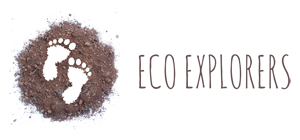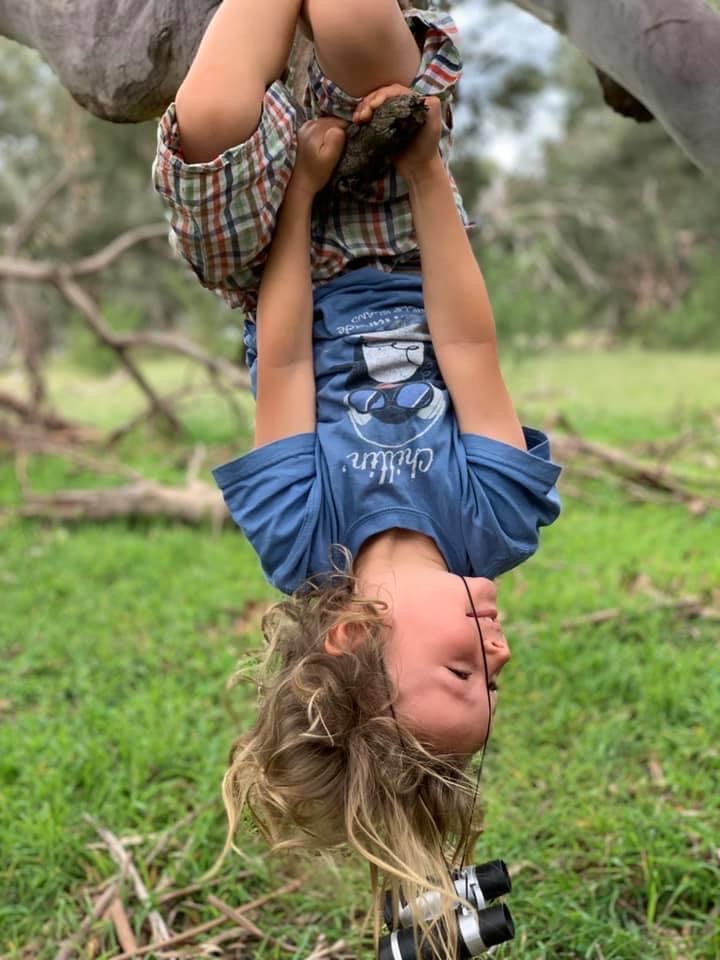Have you ever just stopped and watched your children play? And by watching, I mean really observing them at a whole new level. Their interactions, their movements, their wild spirit. It’s something that is so unique to childhood. It’s that natural instinct that animals have to move and play freely and which children also have if given the opportunity, time and space to do so.
This time at home during the pandemic has allowed me to observe my children in their daily interactions a bit closer than I normally would and I have noticed something different. As an Anthropologist, I have always been an observer and a wonderer. Why do they do the things they do? What can we learn from them?
However, it’s not just children that I am talking about. Over the past few weeks, I have been watching the swathes of humans marching past my home, intent on exercise. All seemed to be on a mission, perhaps to meet their step goals or a bigger achievement? But more recently I have noticed a change, a different energy in their movement, a more fluid pace and a more mindful wandering. Things are different and people are changing!
Could it be that this time at home and away from all the busyness, we are creating the space in our hearts and minds to allow instinct to creep back in? It has always been there, that ‘known’ without learning guide to fulfilment inside us. The natural rhythms of our steps are being rediscovered, as the urbanised layers are peeled back and our lives simplified. We are living slower but more instinctively. An instinctive movement I call it.
I do not trivialise the closure of playgrounds… understandably it is a confronting message and a major change in routine and social outlet for many families. However, having been instrumental in the redesign of several kinder and primary playgrounds, to incorporate more natural and open play opportunities, it could be seen as a long term positive or opportunity for change.
Rich, open-ended play requires no equipment beyond nature. Our wild movements were to vault, climb, hang, crawl, swing, roll, carry, walk, throw, build and balance. This is what our bodies crave but perhaps we have forgotten to listen to them. We need only some rocks, trees, a grassy hill, logs or maybe sand and away we go. It does, however, require a secret ingredient – yes IMAGINATION! This is the main component missing in single-use play equipment with pre-determined and repetitive outcomes.
Playing in nature does however have its risks. You may have too much fun! It is unstructured and not safety tested, so it has that added dimension of thinking, noticing, testing, learning and then deciding what is achievable. To try, to fail, to scaffold and to gain confidence in yourselves is higher order play. How high should I climb, how far can I jump and can I balance? Fail or fall… off the ‘tan bark’ and into the ‘leaf litter’… the opportunities abound.
But physical movement alone does not satisfy a human, especially a child. We need to use our senses! If we can smell the damp earth, if we can hear the birds, if we can feel the bark and taste the rain but most importantly see the unruly and complex layers of nature and play within it, then our whole selves are engaged.
If we let our intuition and our children lead us back to the wild, we just might find our own path, one that has not been trampled but that is uniquely ‘ours’. There is an immense freedom in stepping off that road and allowing ourselves to rediscover the joy and magic of wild movement and free nature play, for both adults and children alike.
Want to learn more? We have a range of nature play activities and online resources to inspire, educate and motivate outdoor play and learning that you can find here.
This article was written by Mornington Peninsula bush playgroup facilitator and primary school teacher, Alison Cooper.
See our full Mornington Peninsula bush and beach kids programs for 2024 HERE.

